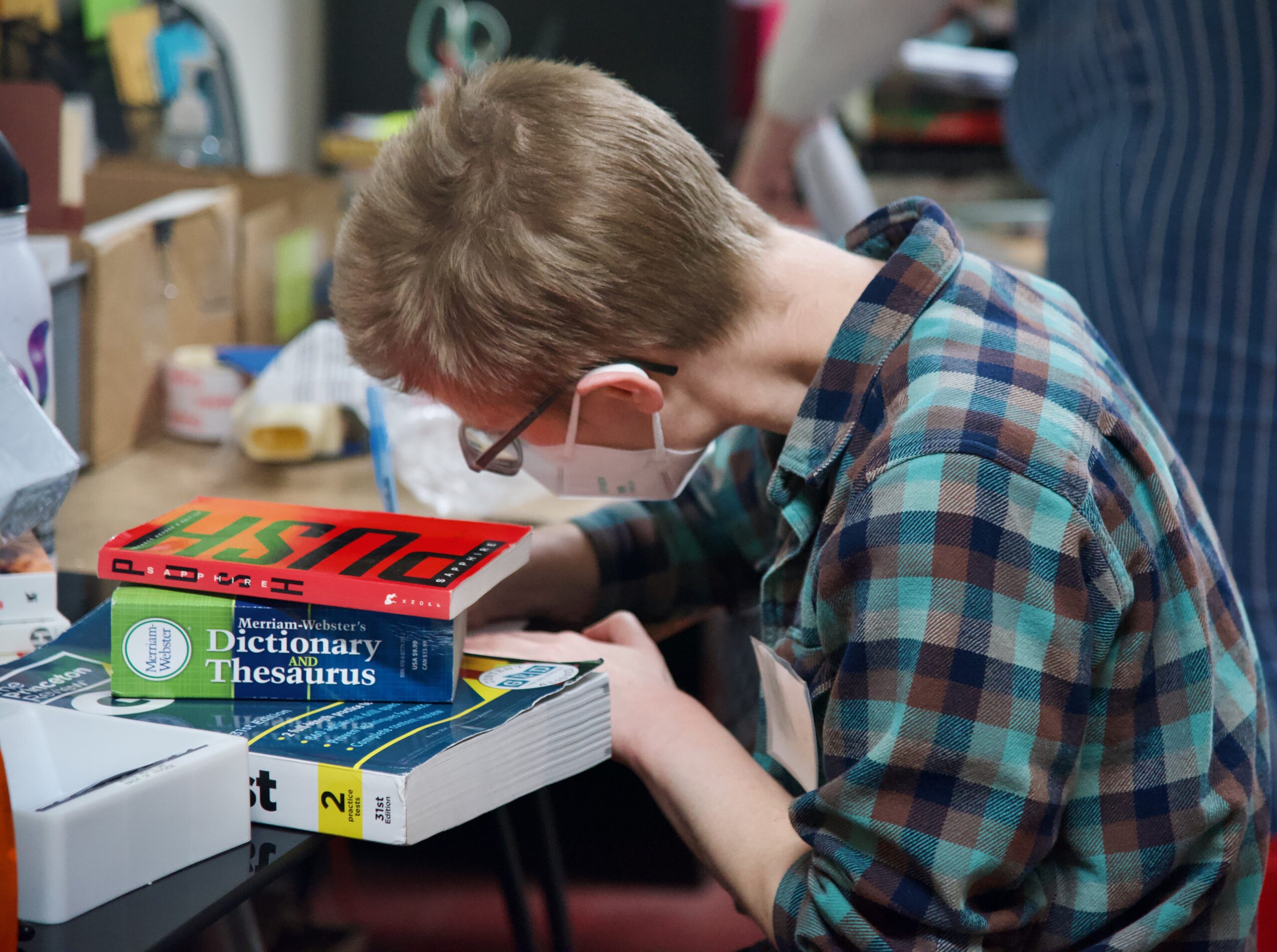In a few spare, rented rooms of a Chicago church basement, books are lined from floor to ceiling.
Mystery novels hug self-help books; they nestle against dictionaries, Bibles, and crochet guides.
For over two decades, volunteers at Chicago Books to Women in Prison (CBWP) have sorted through these donations to ensure incarcerated people can read, learn, and improve their lives.
“We do this work because access to information in prison is very limited,” says CBWP board chair and manager Becca Greenstein. And though books can’t necessarily solve bigger incarceration issues, she says people—especially women—come to rely on them.
“Someone writes to us and they say, ‘I was just diagnosed with multiple sclerosis. Can you send me information about that?’ Yes, we can,” Greenstein says. “We can’t send a doctor into that prison. We can’t improve the quality of the healthcare that people get. But yes, we can send you a book about MS.”
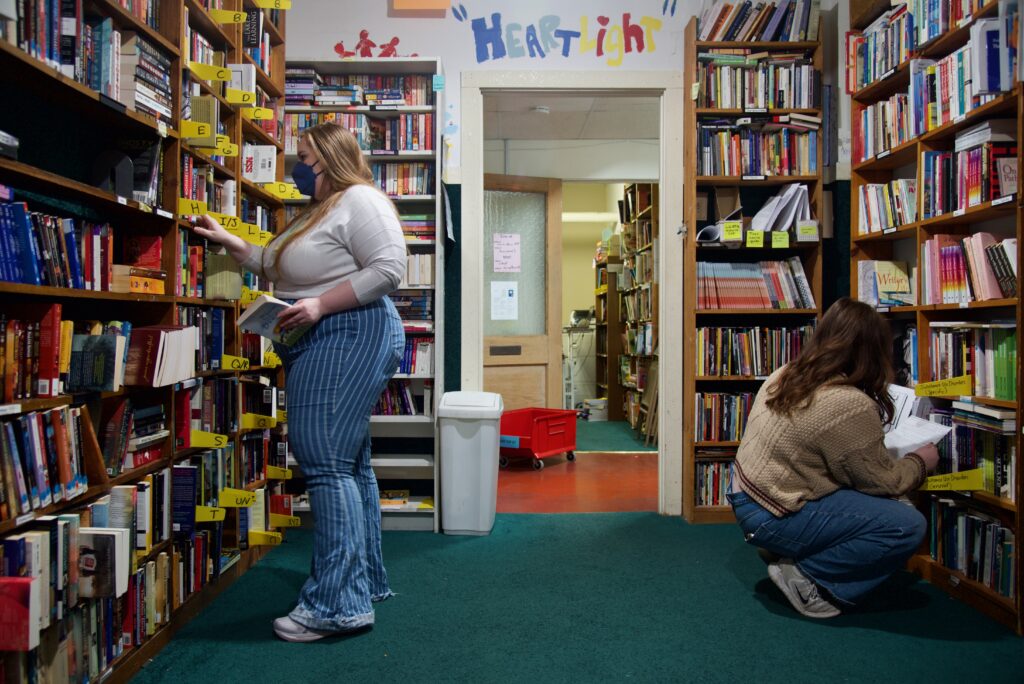
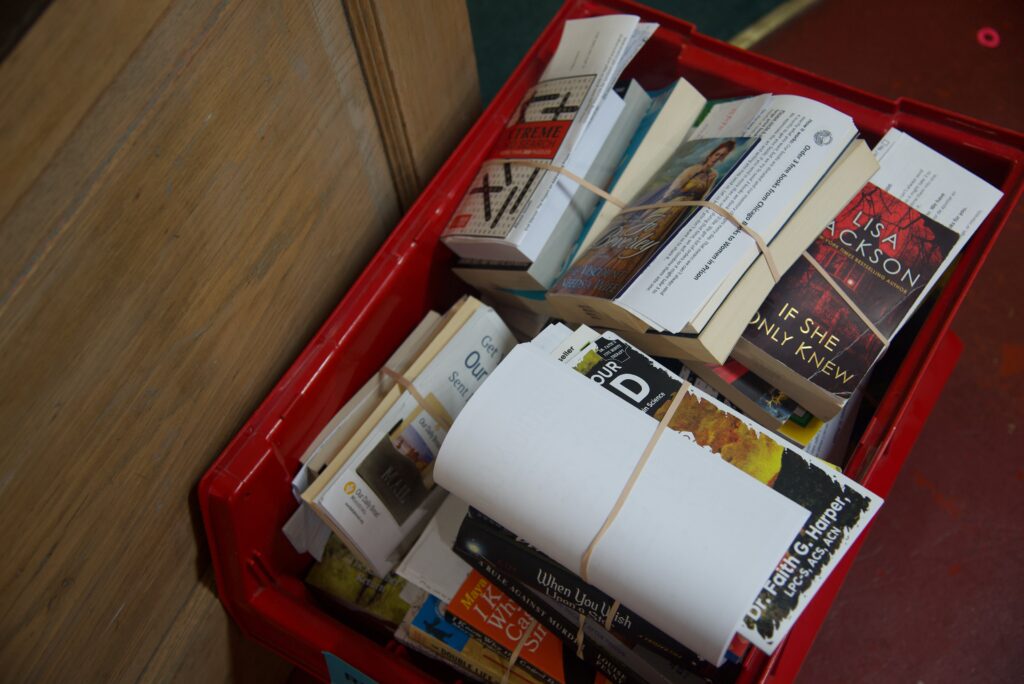
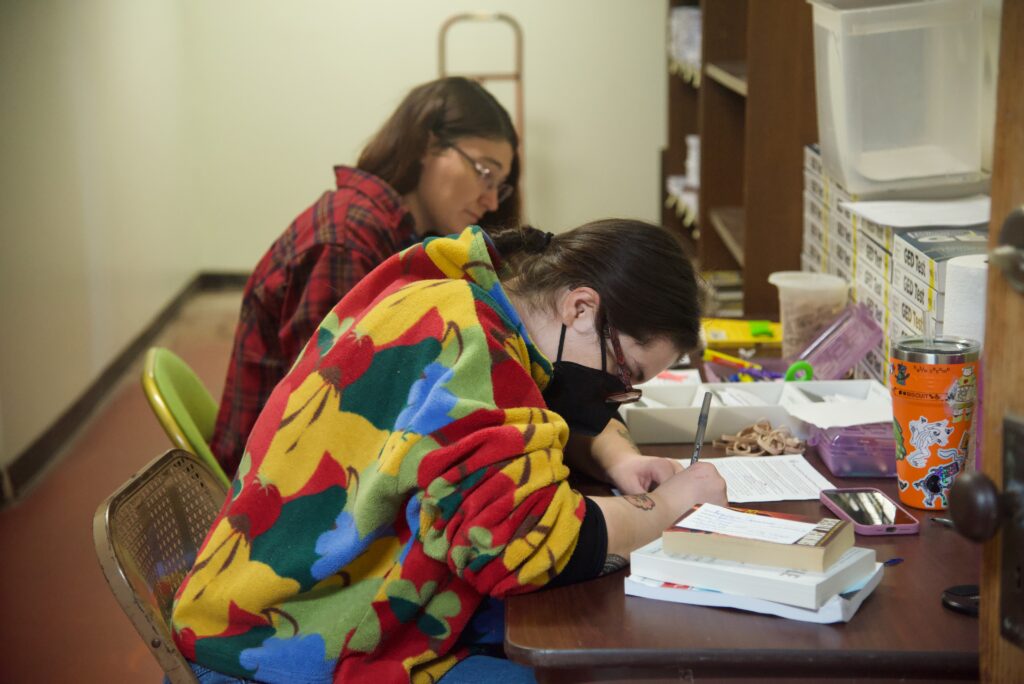
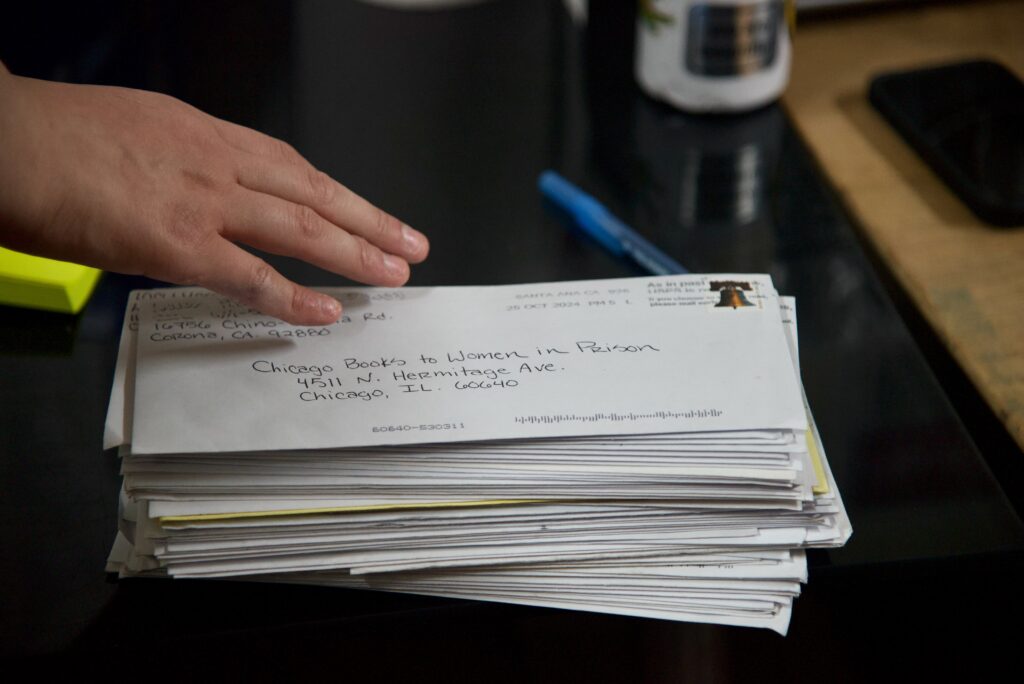
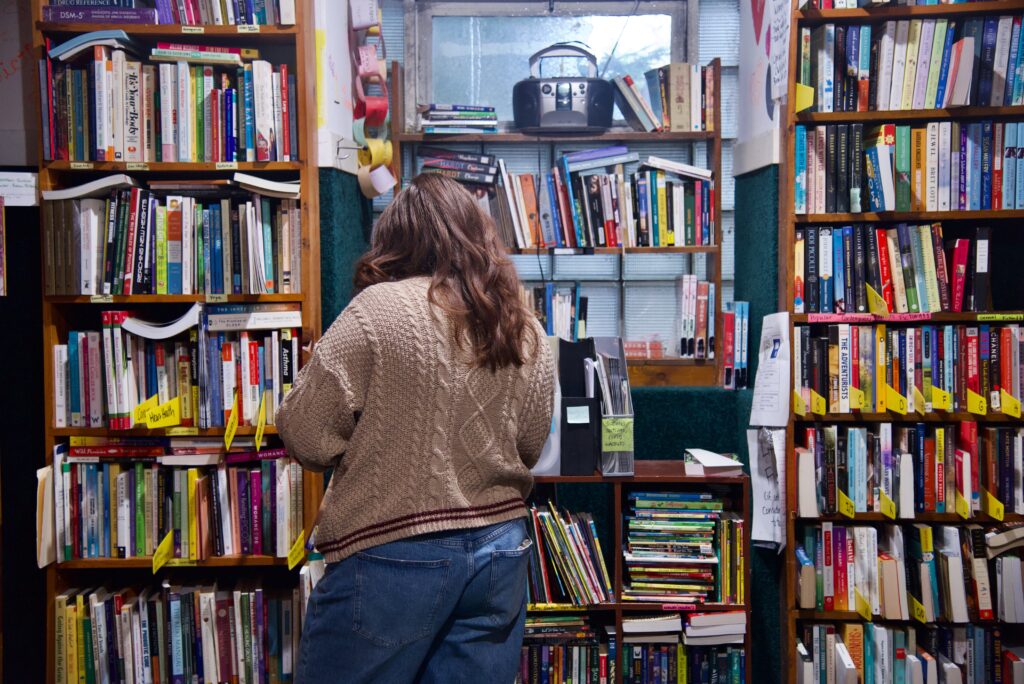
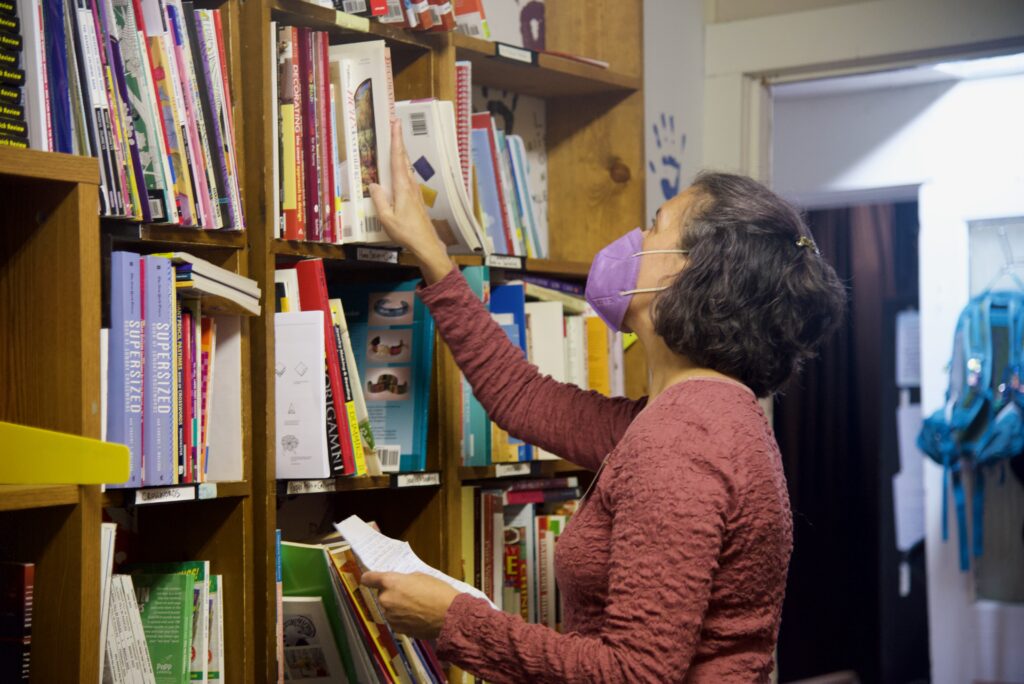
Just 5 percent of Illinois’s prison population is female, while the number doubles in the nation’s carceral system. “There are some topics that women in prison need that men don’t need as much,” Greenstein says. Her organization frequently receives requests for domestic violence or parenting books.
“Most of the women that we serve have a minor child at home . . . (or) people are in prison and pregnant, which is a horrible place to be growing a child. People will also request books for their children.” she says.
According to a 2024 Prison Policy Initiative study, the number of women in U.S. state prisons has recently grown twice the pace of men, and more than 60 percent of incarcerated women are mothers.
Packaged with Care
Stemming from word of mouth or CBWP outreach, inmates can fill out request forms (or regular pieces of paper) to send to the organization.
“People will write to us and say, my bunkie told me about you,” she says. “And they say what books they want, and we try to honor those requests as closely as possible . . . We have books in over 100 categories.”
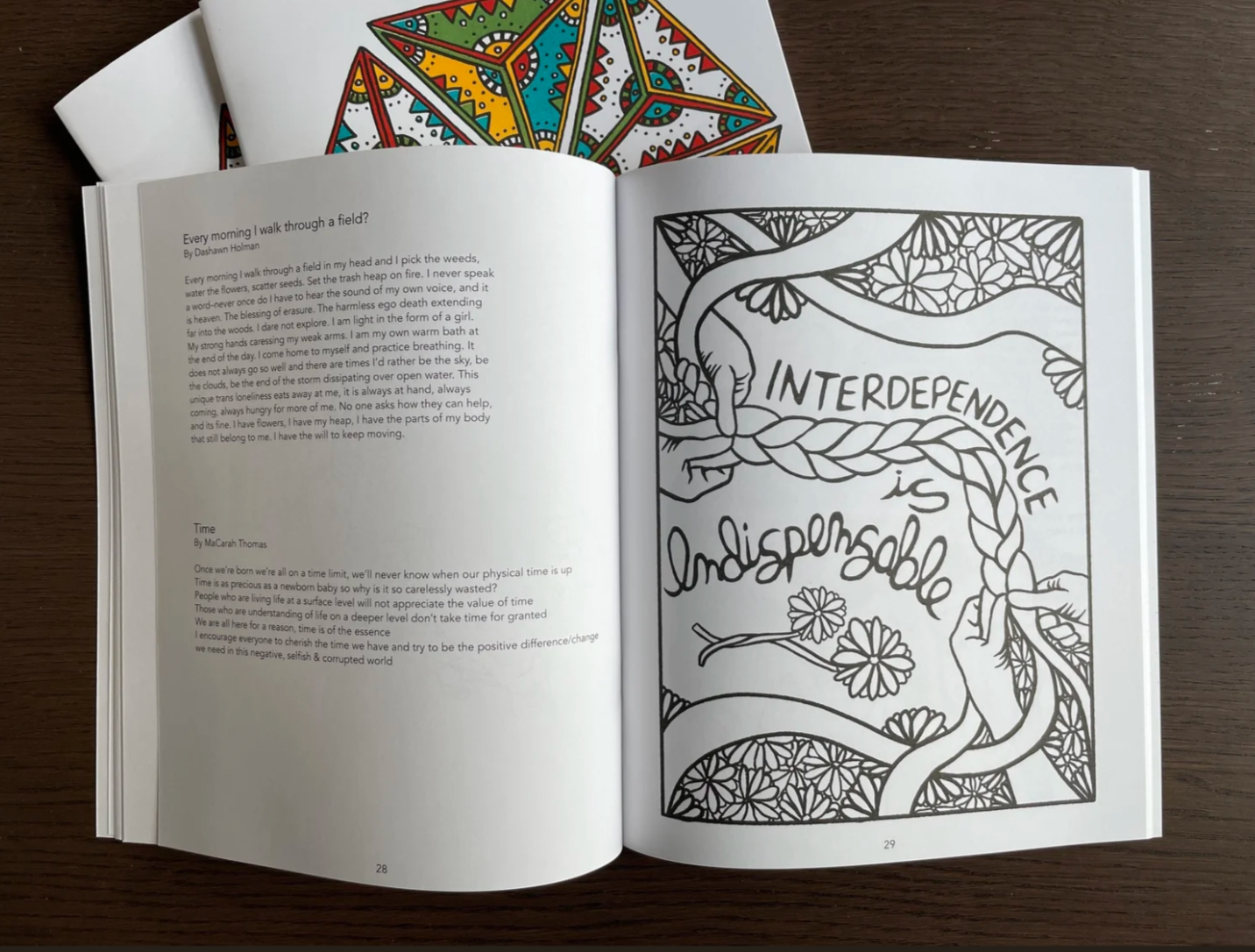
Greenstein will sort through each request, looking up each person in a prison database, and make sure they get three books sent back.
That process involves many volunteers, from sending related handouts or combing through books to ensure they meet specific prison criteria. Volunteers will personalize notes accompanying the packages; sometimes it’s a back-and-forth exchange before the perfect books are found.
“We’ve heard from many people that we serve that they love these notes. And some people say, ‘I don’t get mail from other people, so when I get mail, I know it’s books from you, which is just a little sucker punch in the gut right there,” Greenstein says.
The team documents those notes. They contain gratitude, solace, and intimacy.
Greenstein recalls a letter that made her cry:
“I am going home soon. You guys have truly made my time so much easier by getting your gifts. Every few months, every time I receive them, I get a smile on my face. The little letter has made me feel so loved . . . What you are doing is a very beautiful thing. Thank you for helping me grow with the materials you have sent. They have changed my life.”
Volunteers meet weekly on Saturdays and Sundays. Folks who want to get involved can also donate books or money, or check out other books to prisons programs.
-
Illinois
Liberation Library | Chicago
Midwest Books to Prisoners | Chicago
Reading Reduces Recidivism | Carbondale
Urbana-Champaign Books to Prisoners Project | Urbana
-
Indiana
-
Michigan
-
Minnesota
-
Ohio
Prison Justice Library | Yellow Springs
Athens Books to Prisoners | Athens
Redbird Books to Prisoners | Columbus
-
Wisconsin
